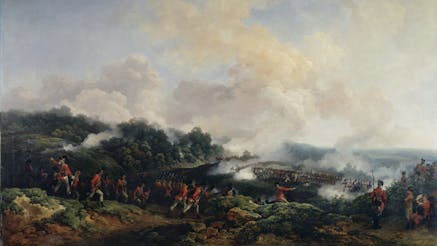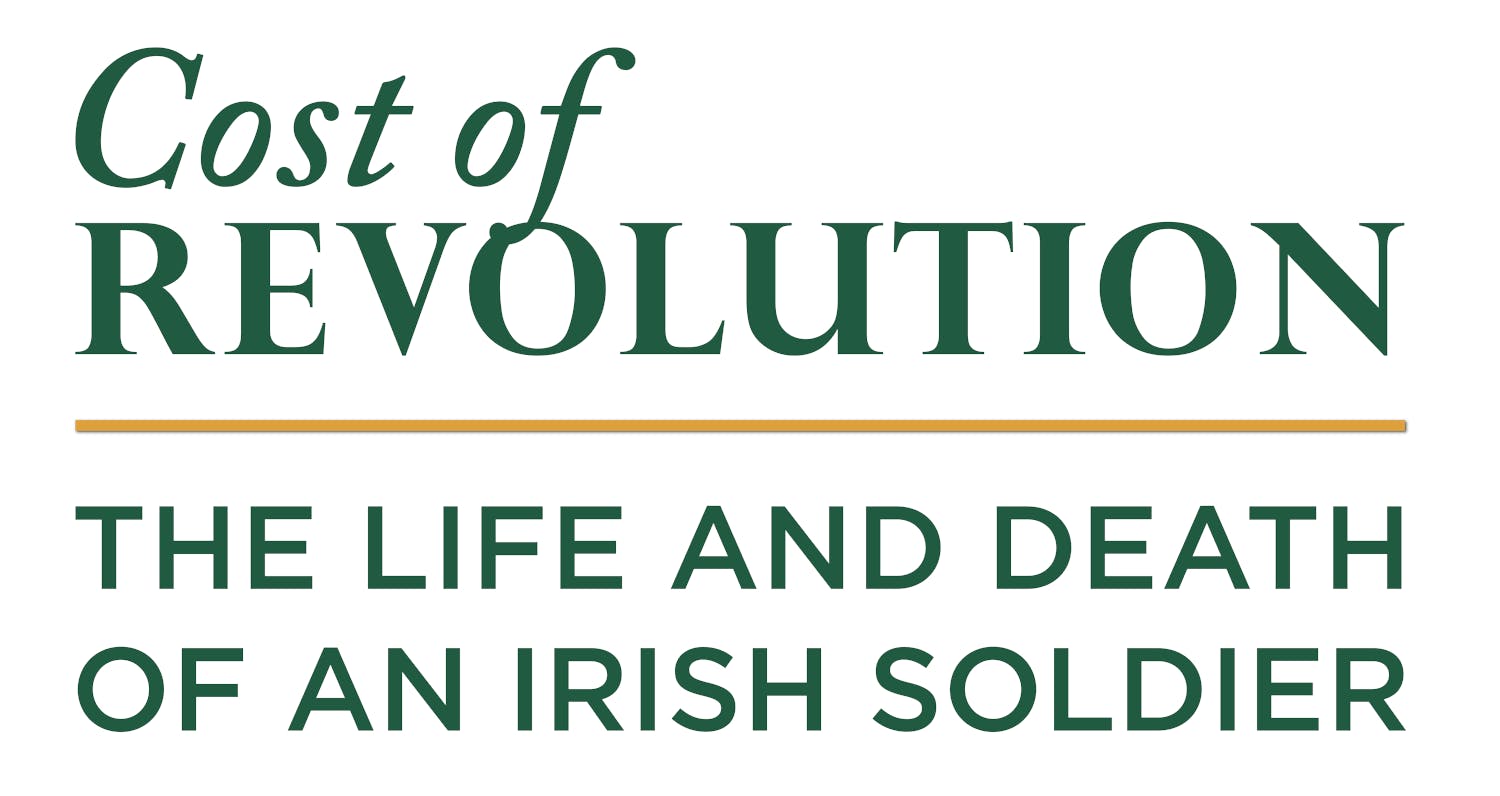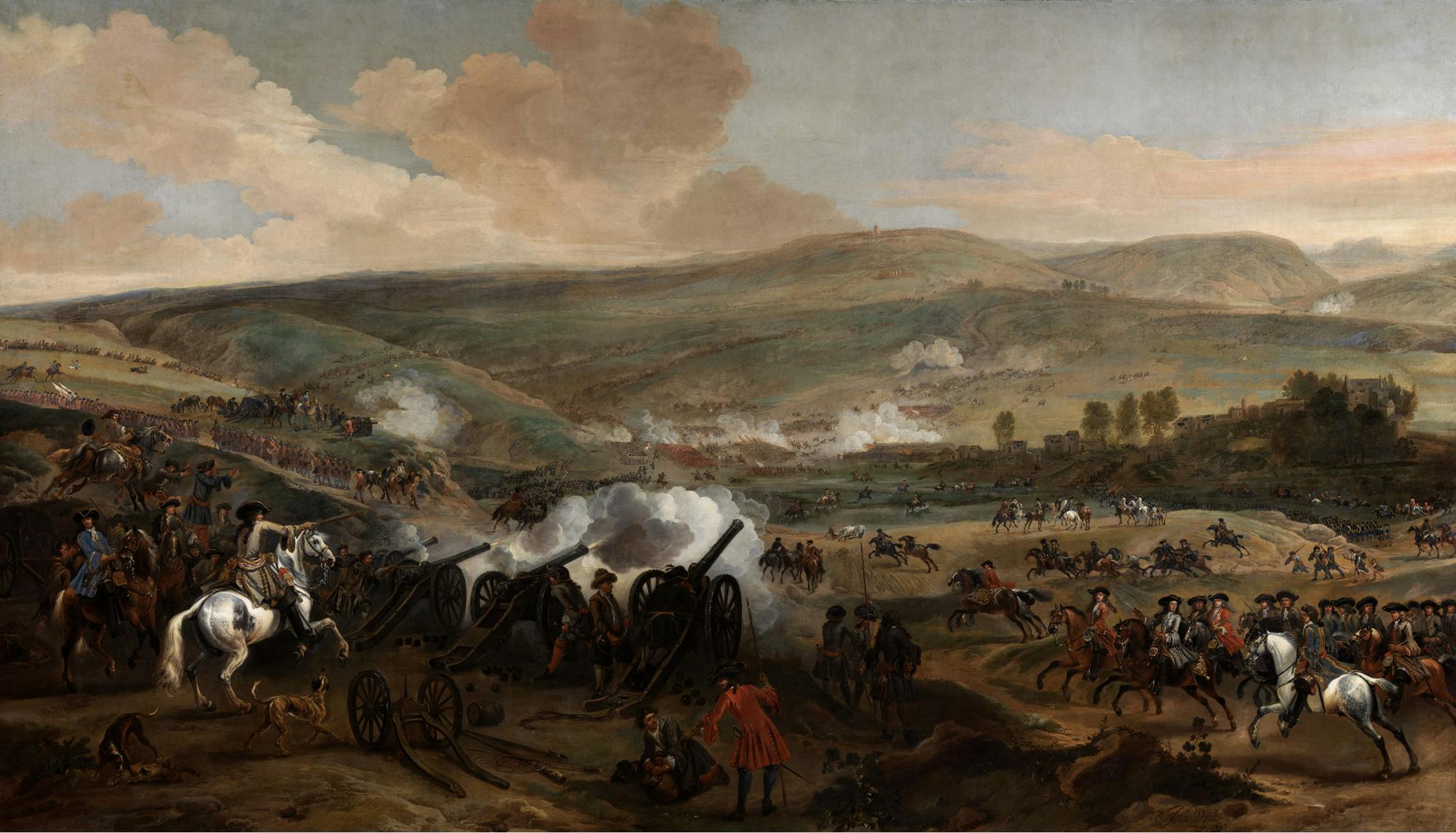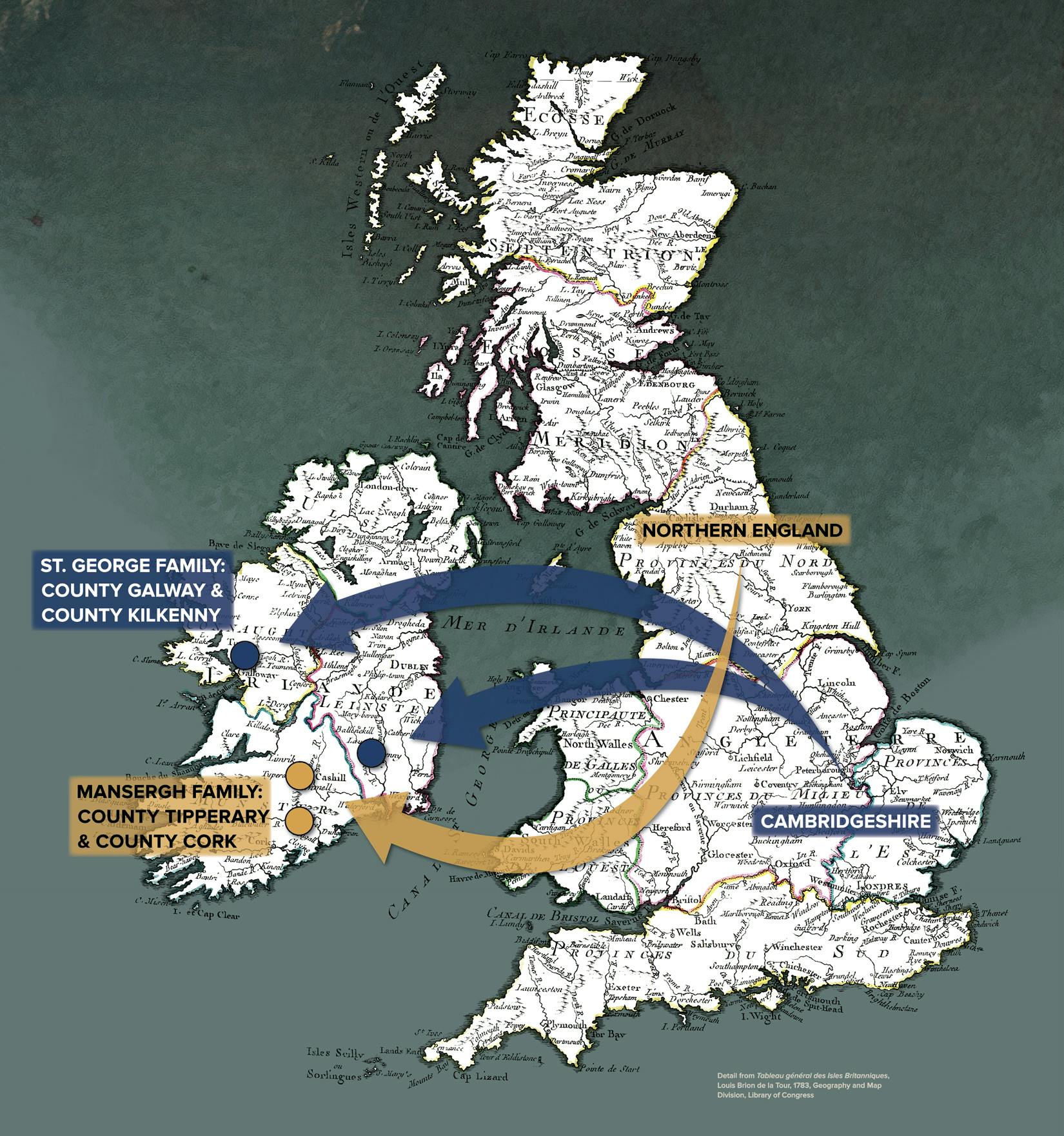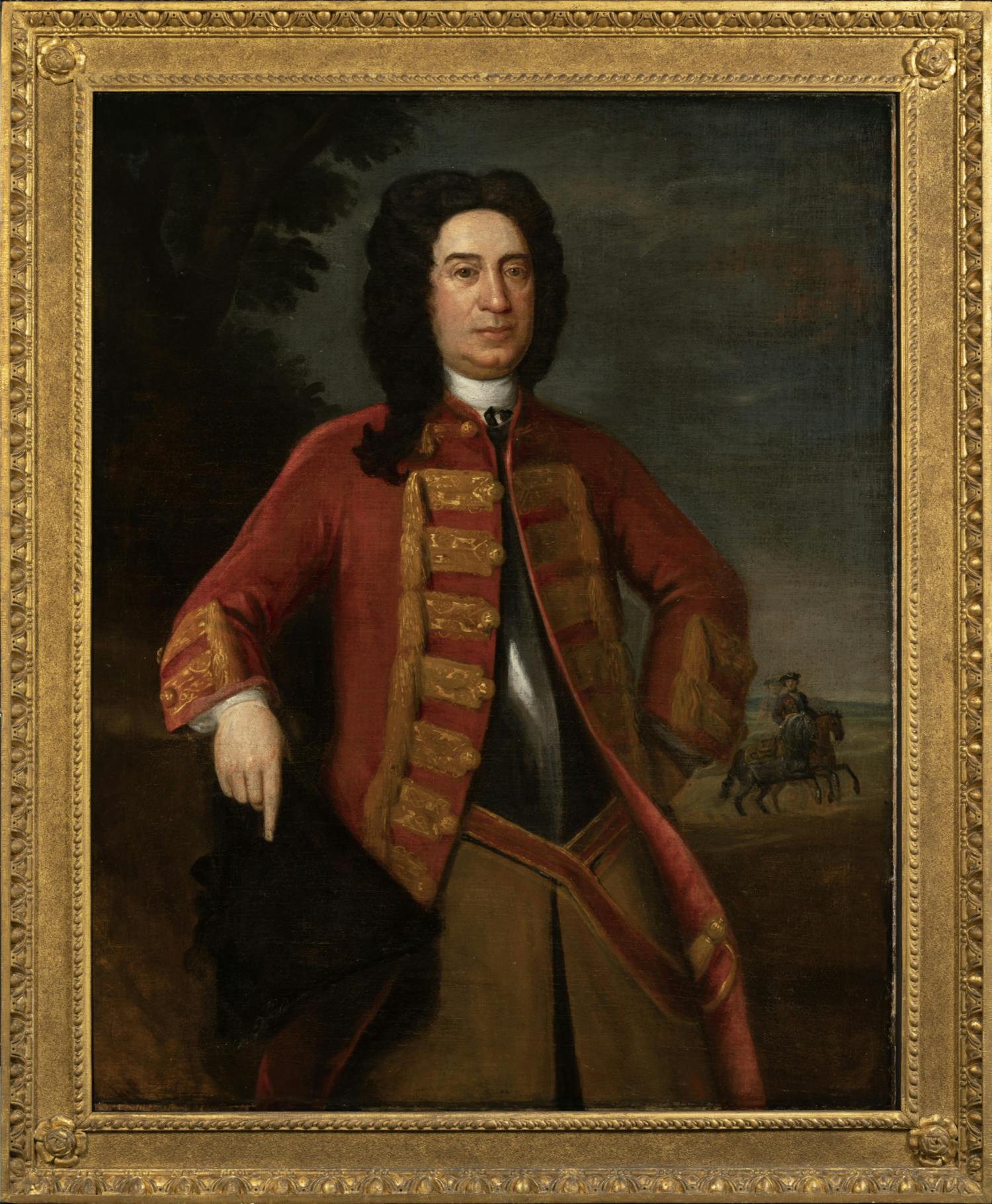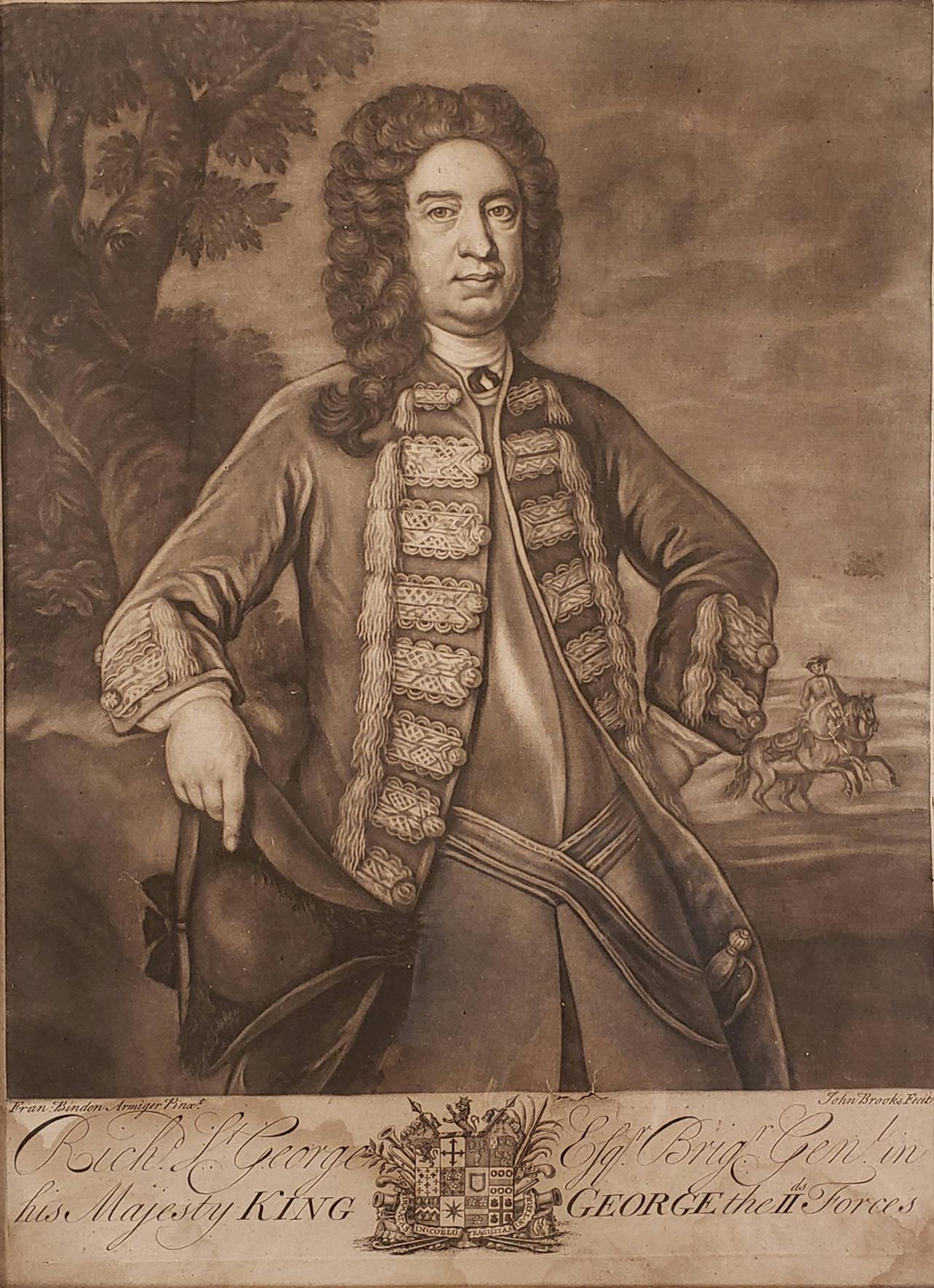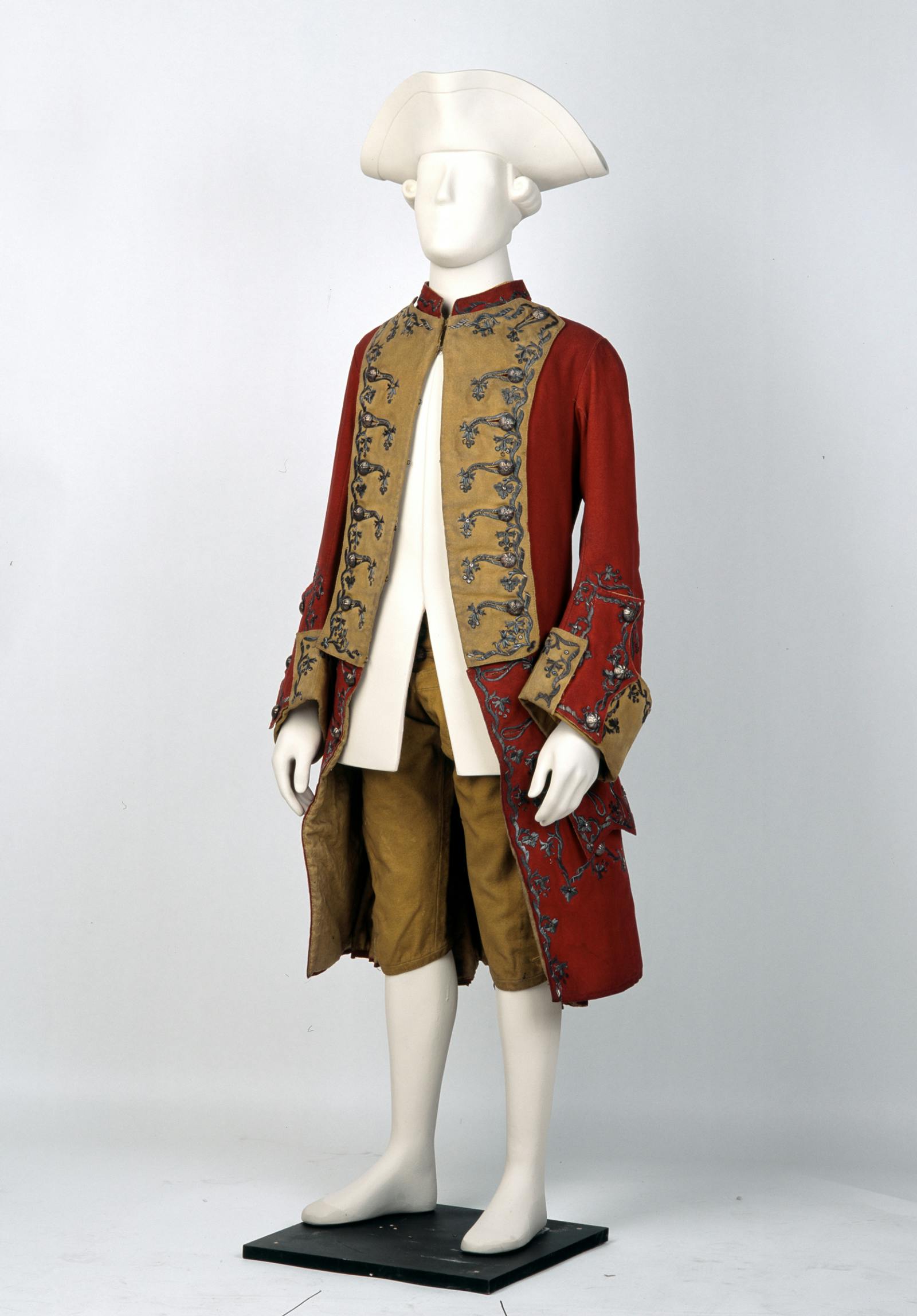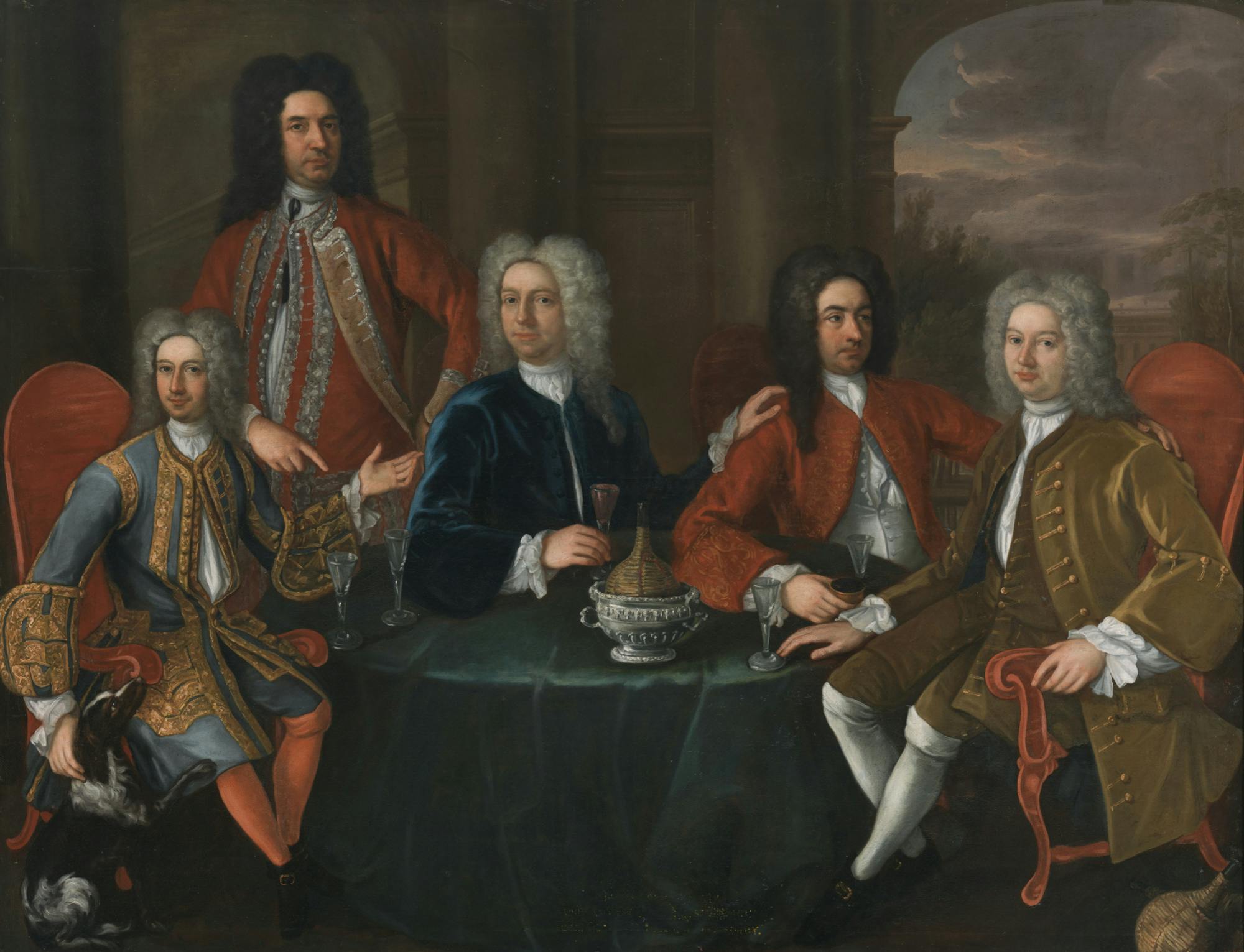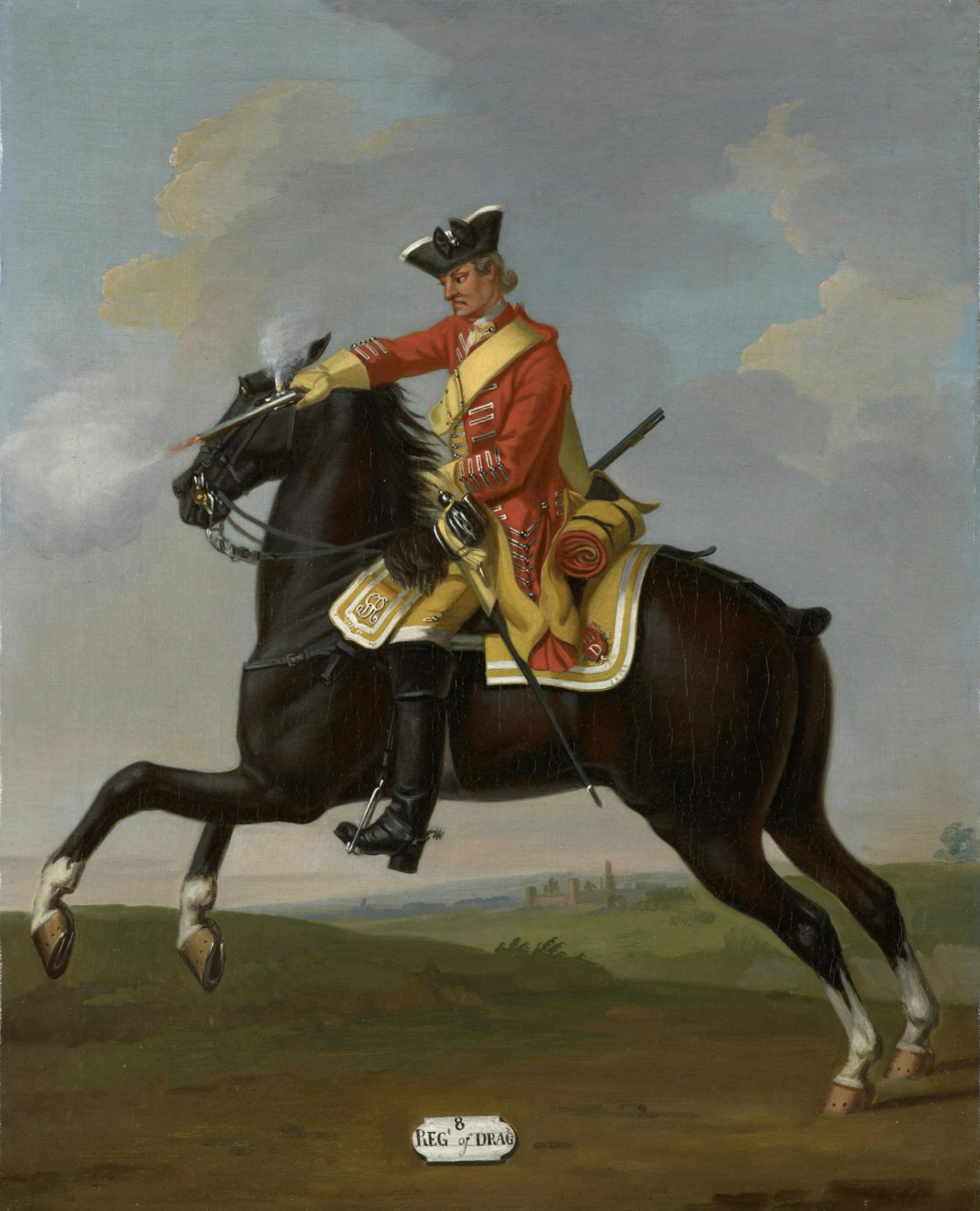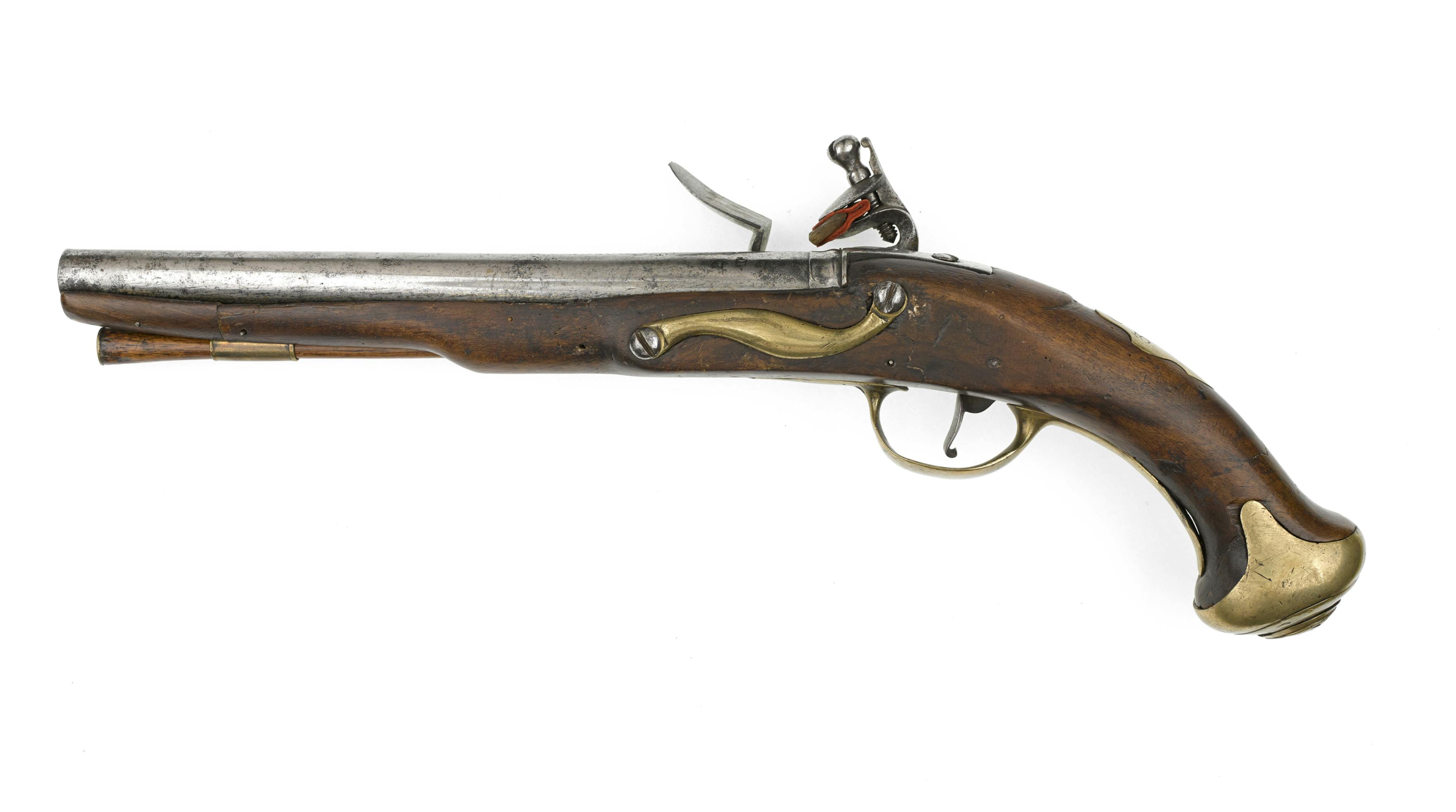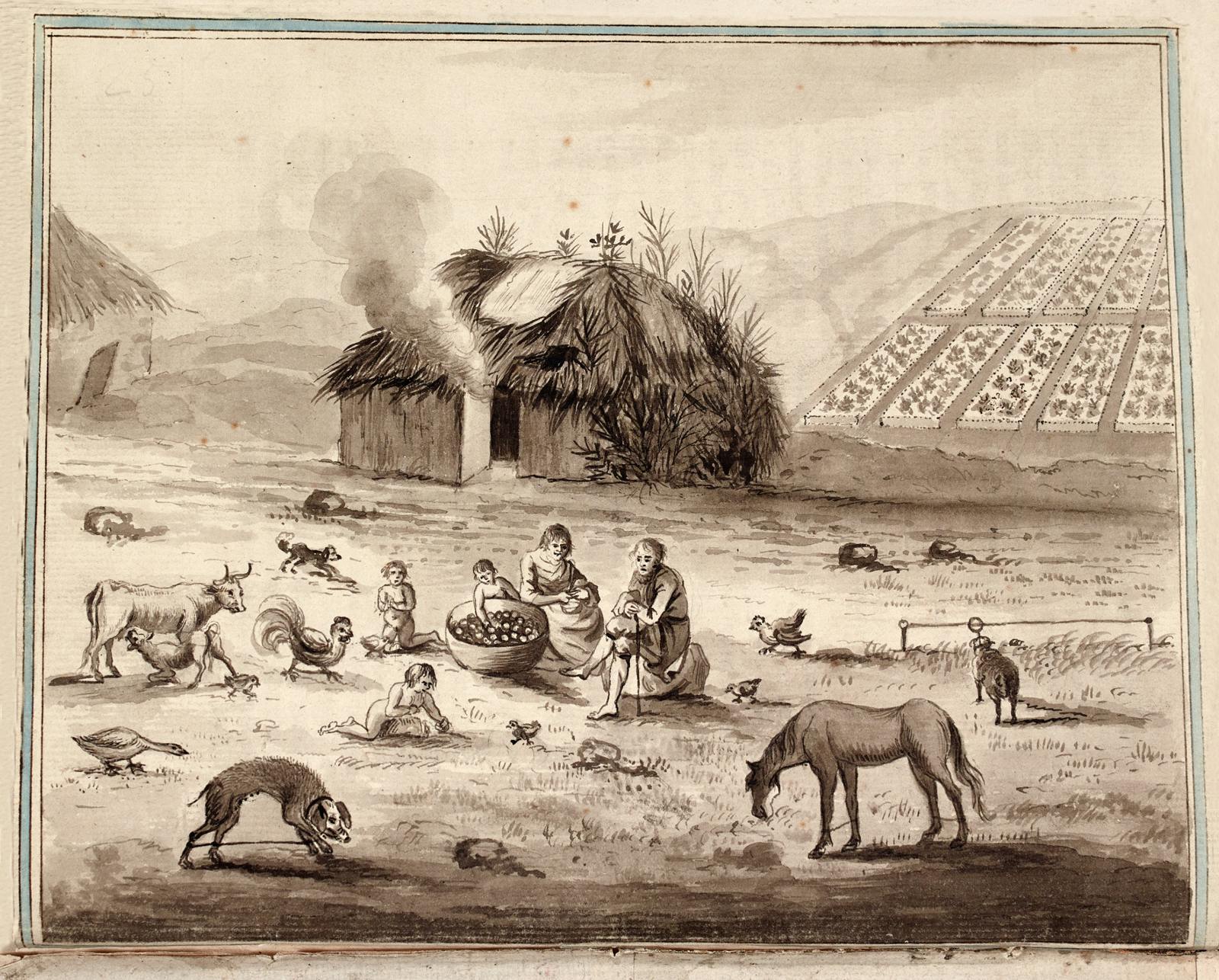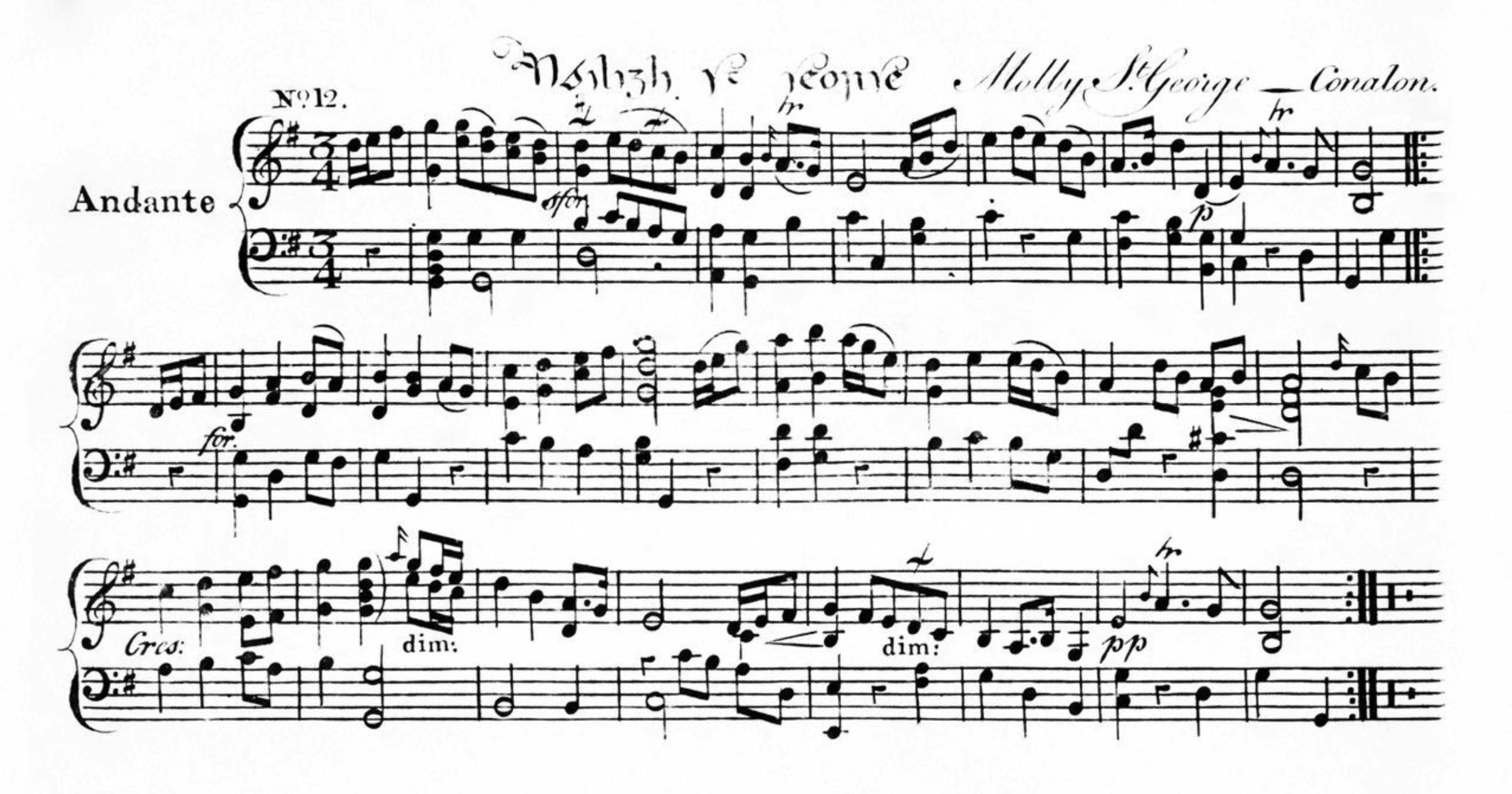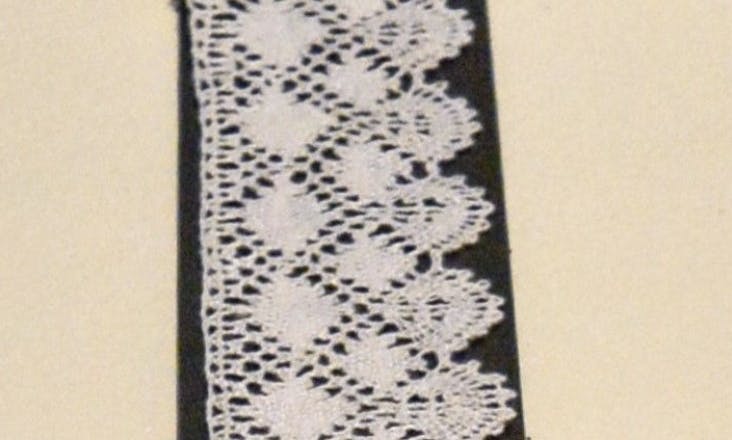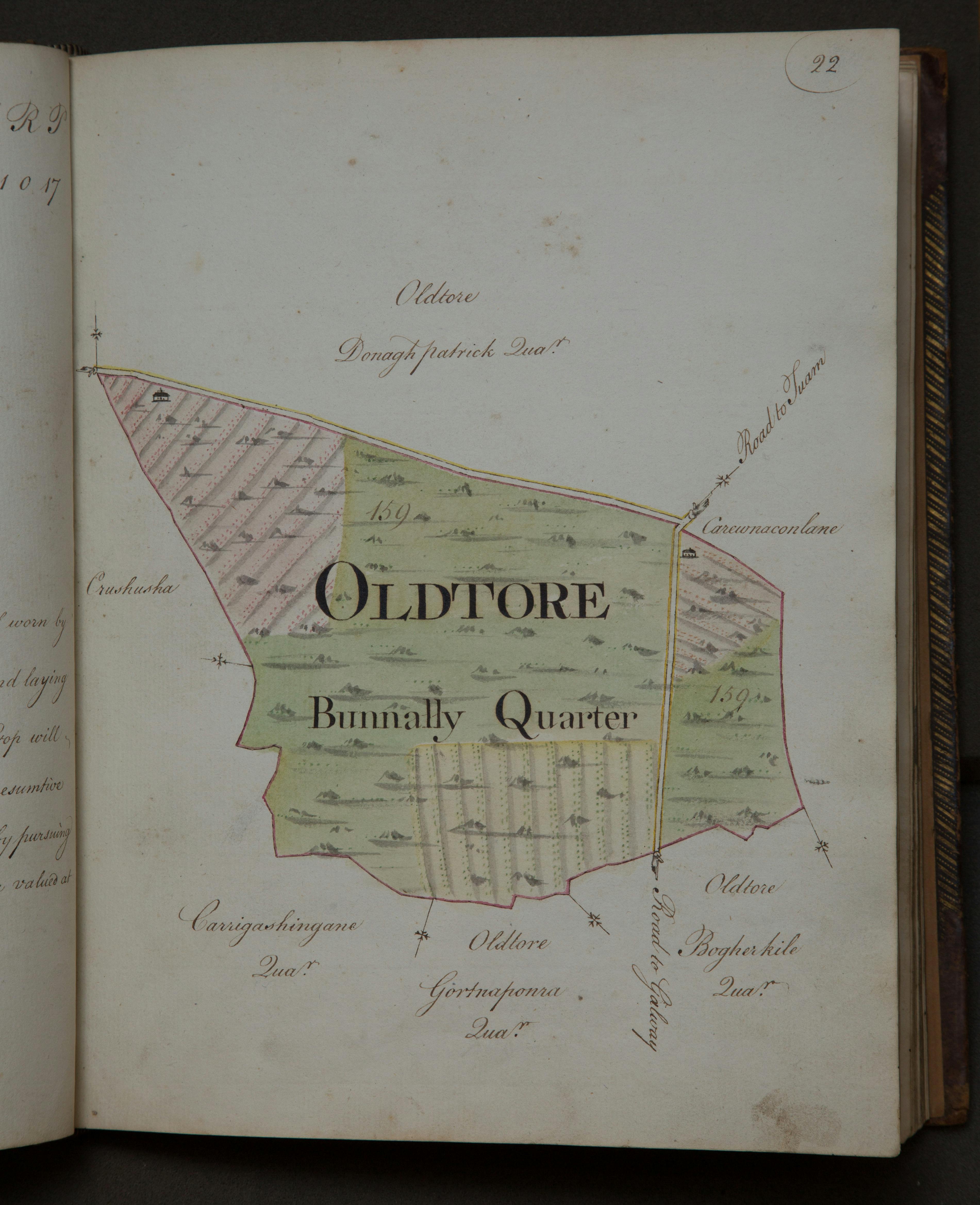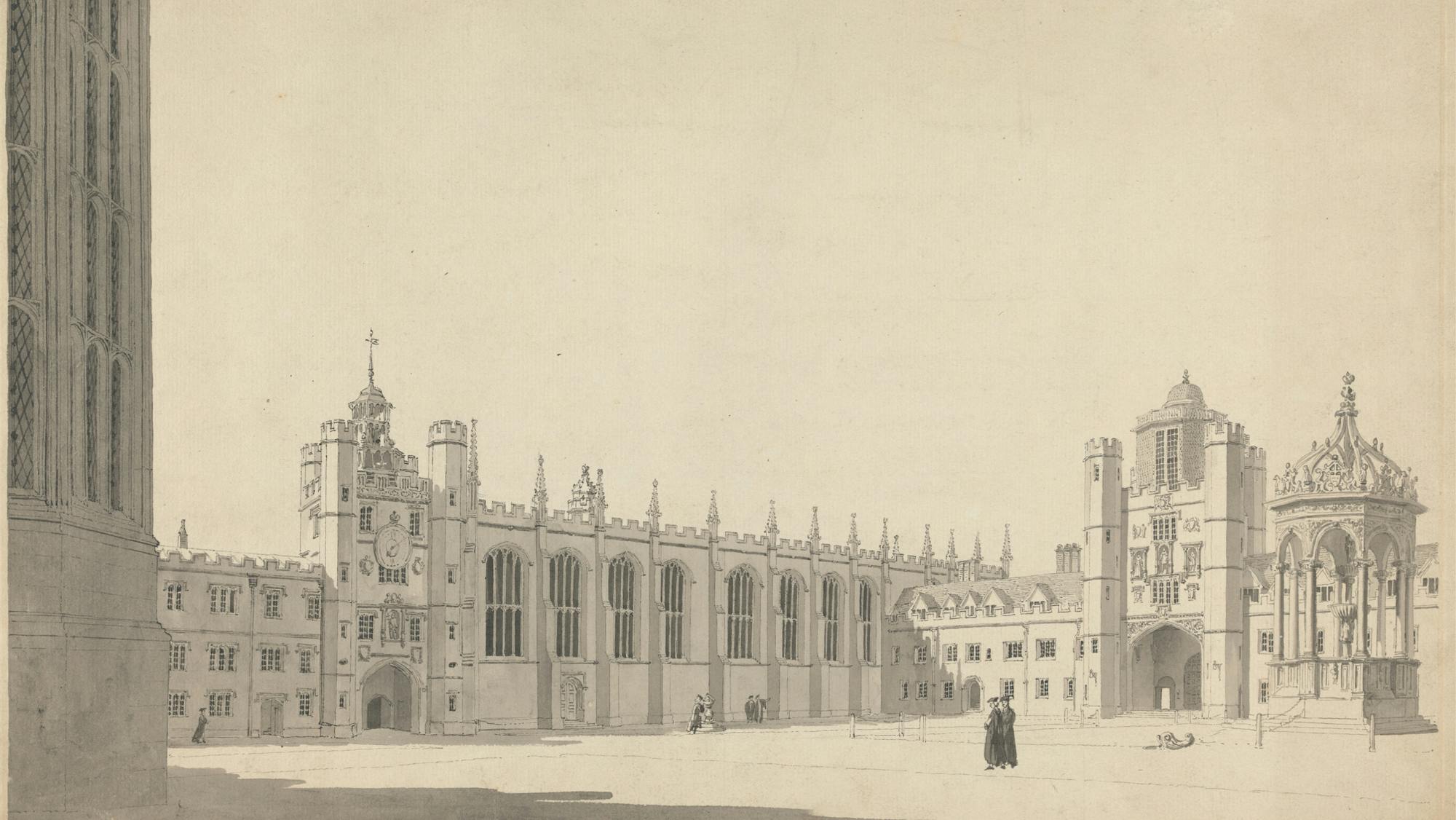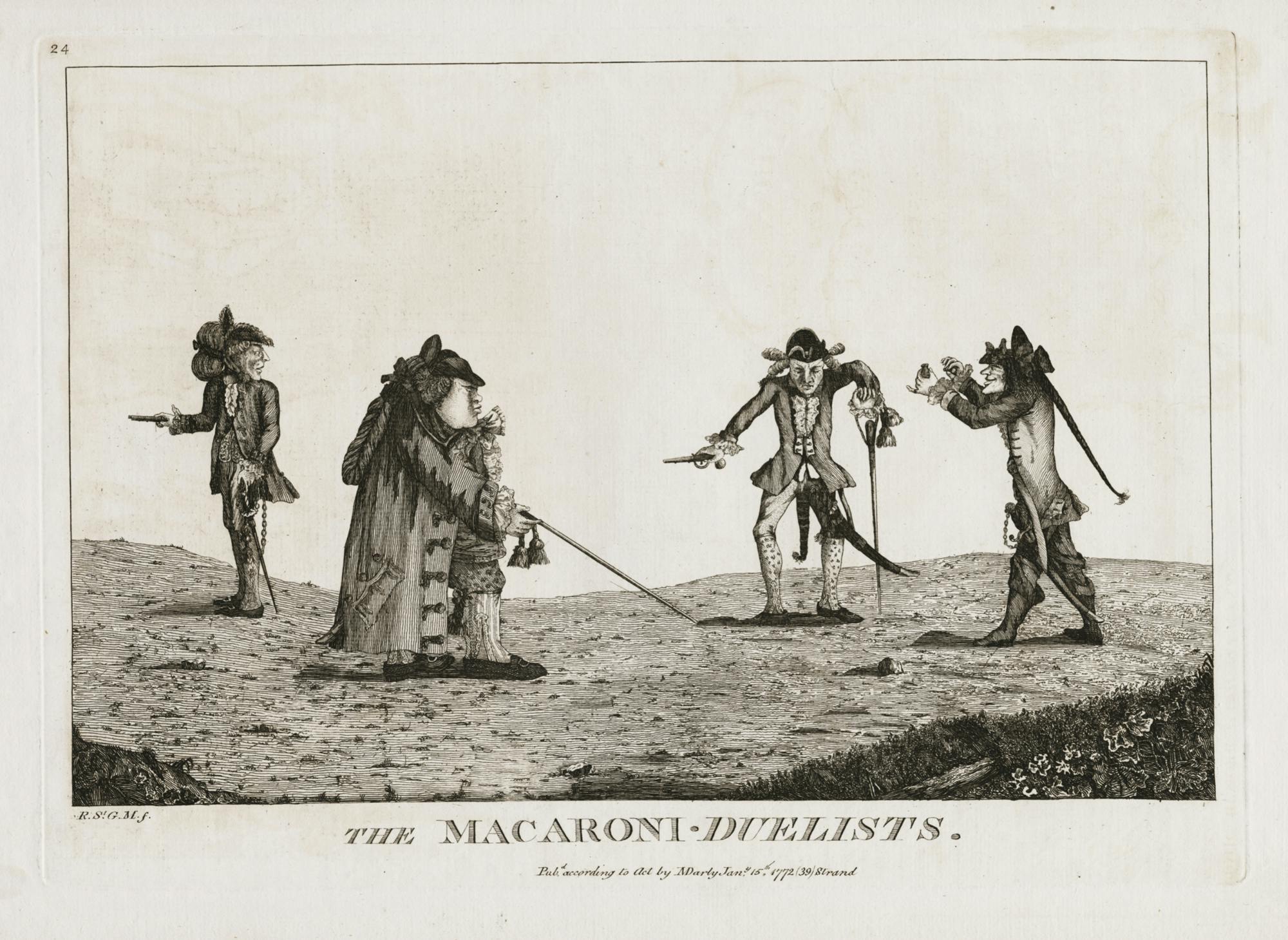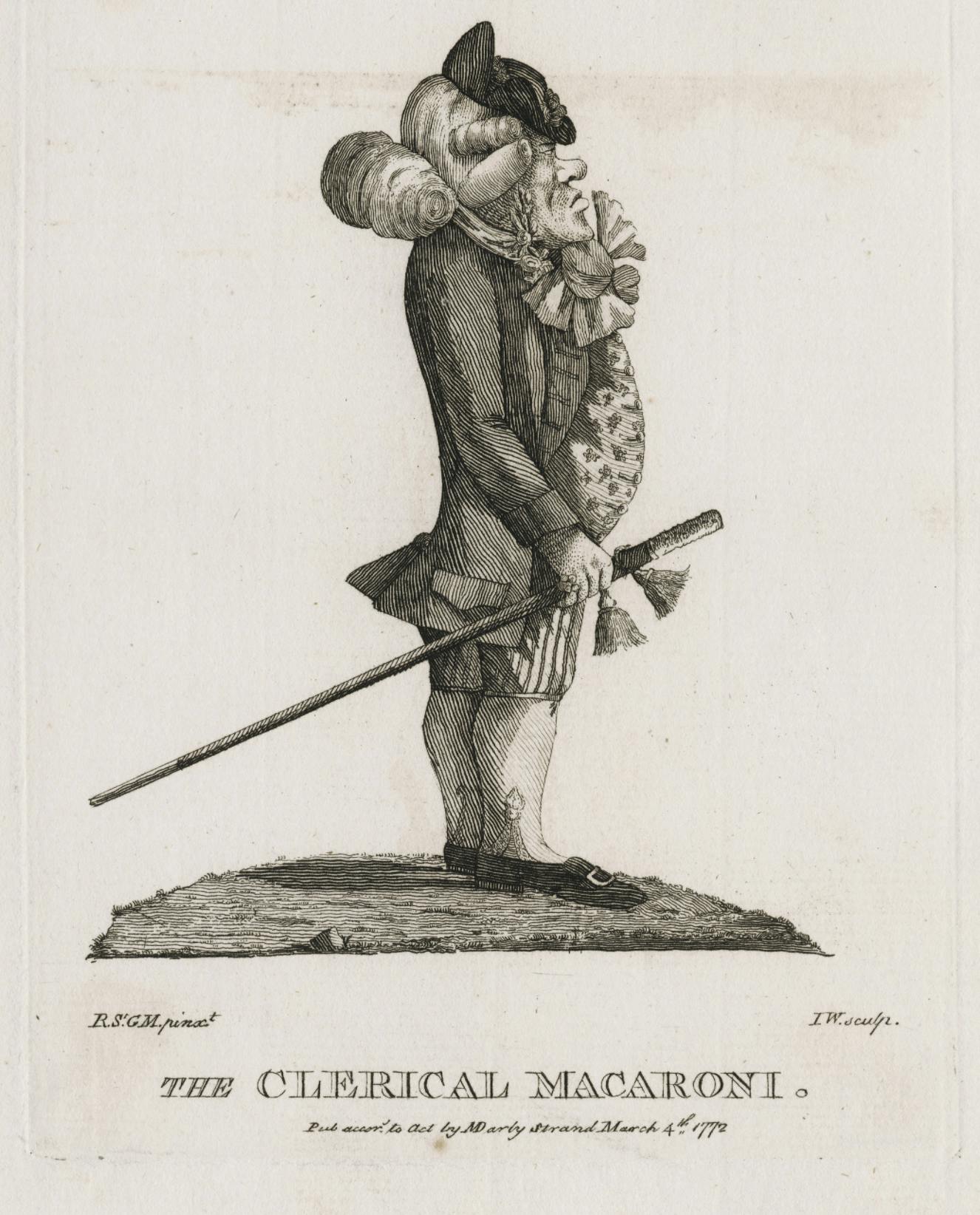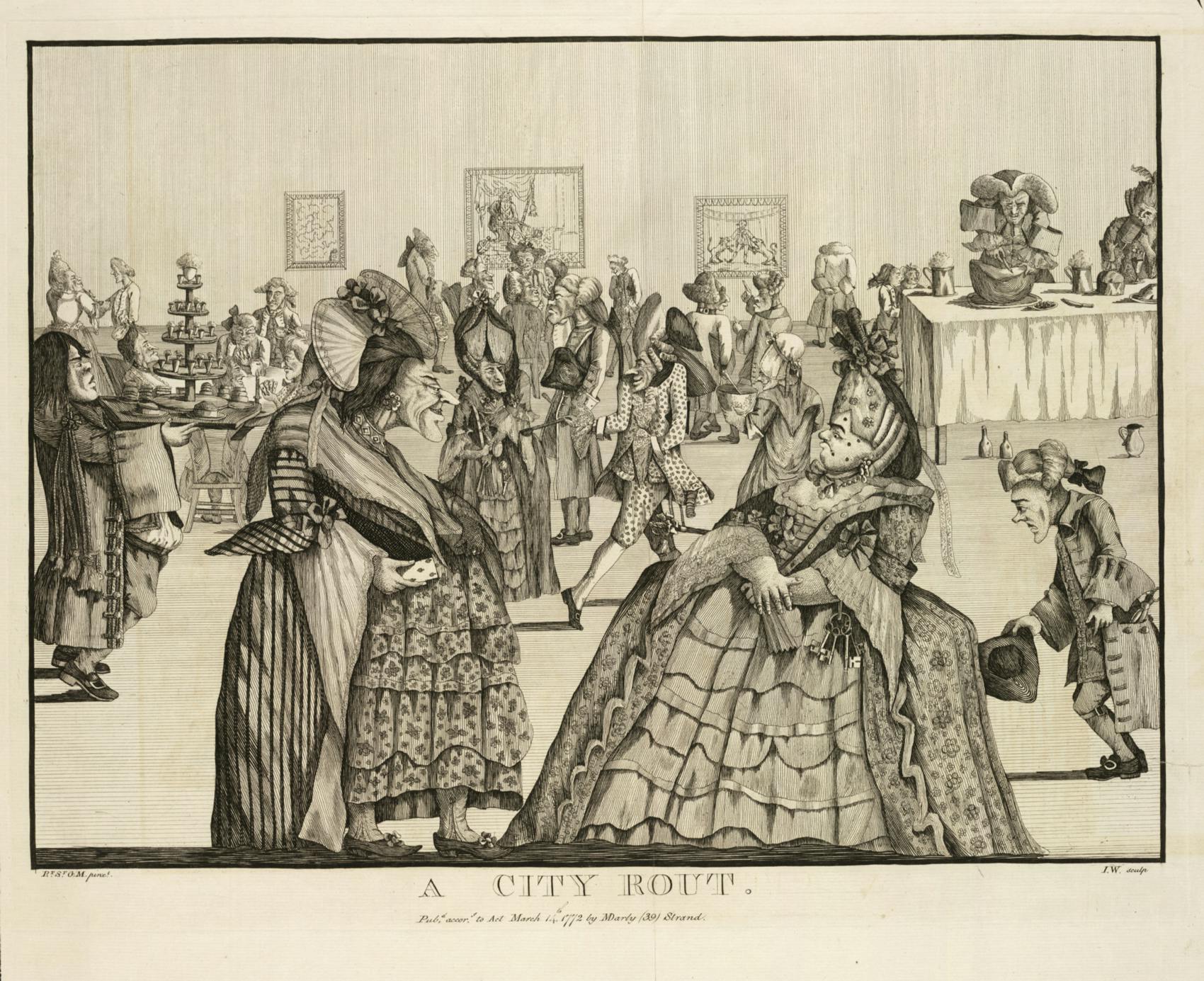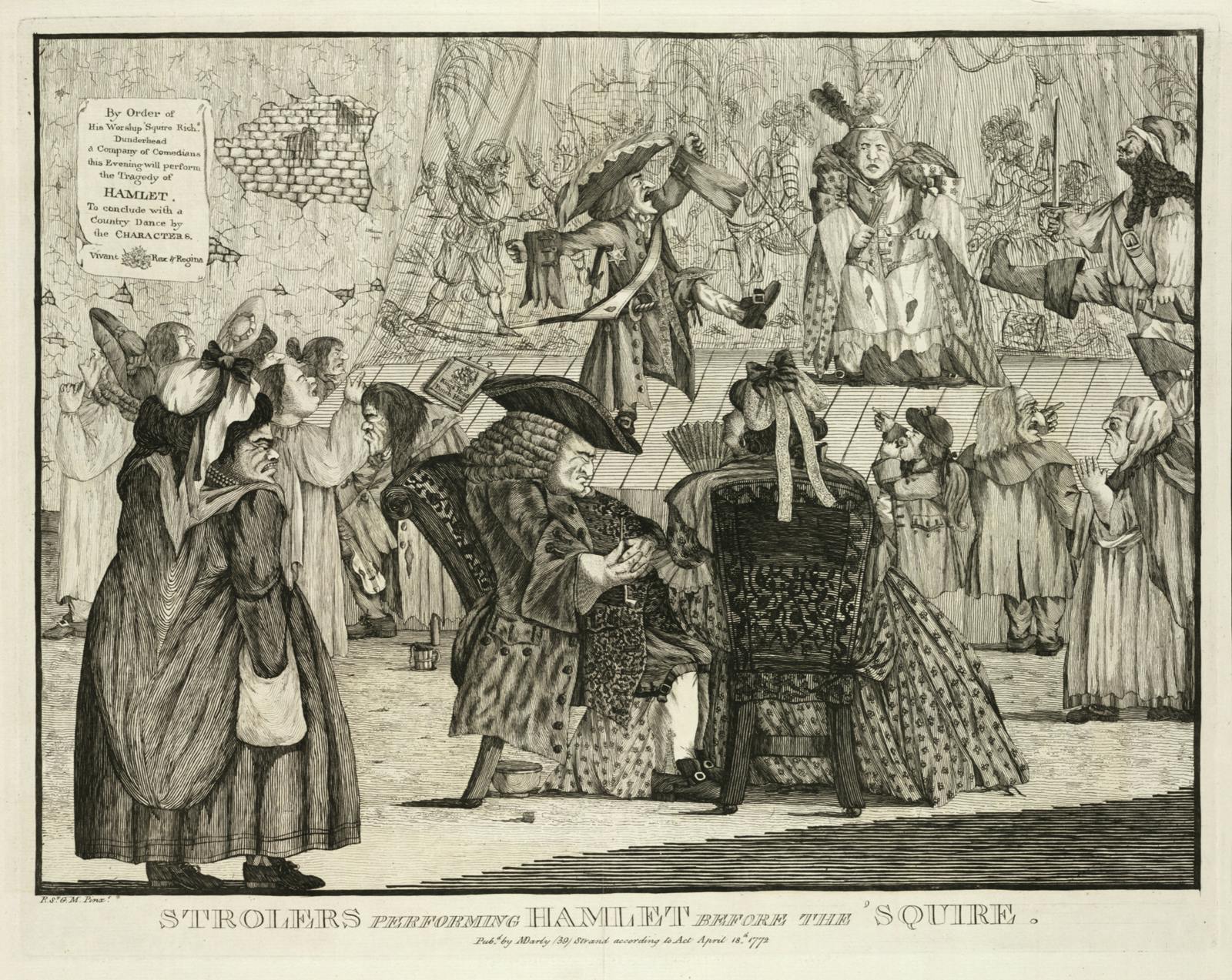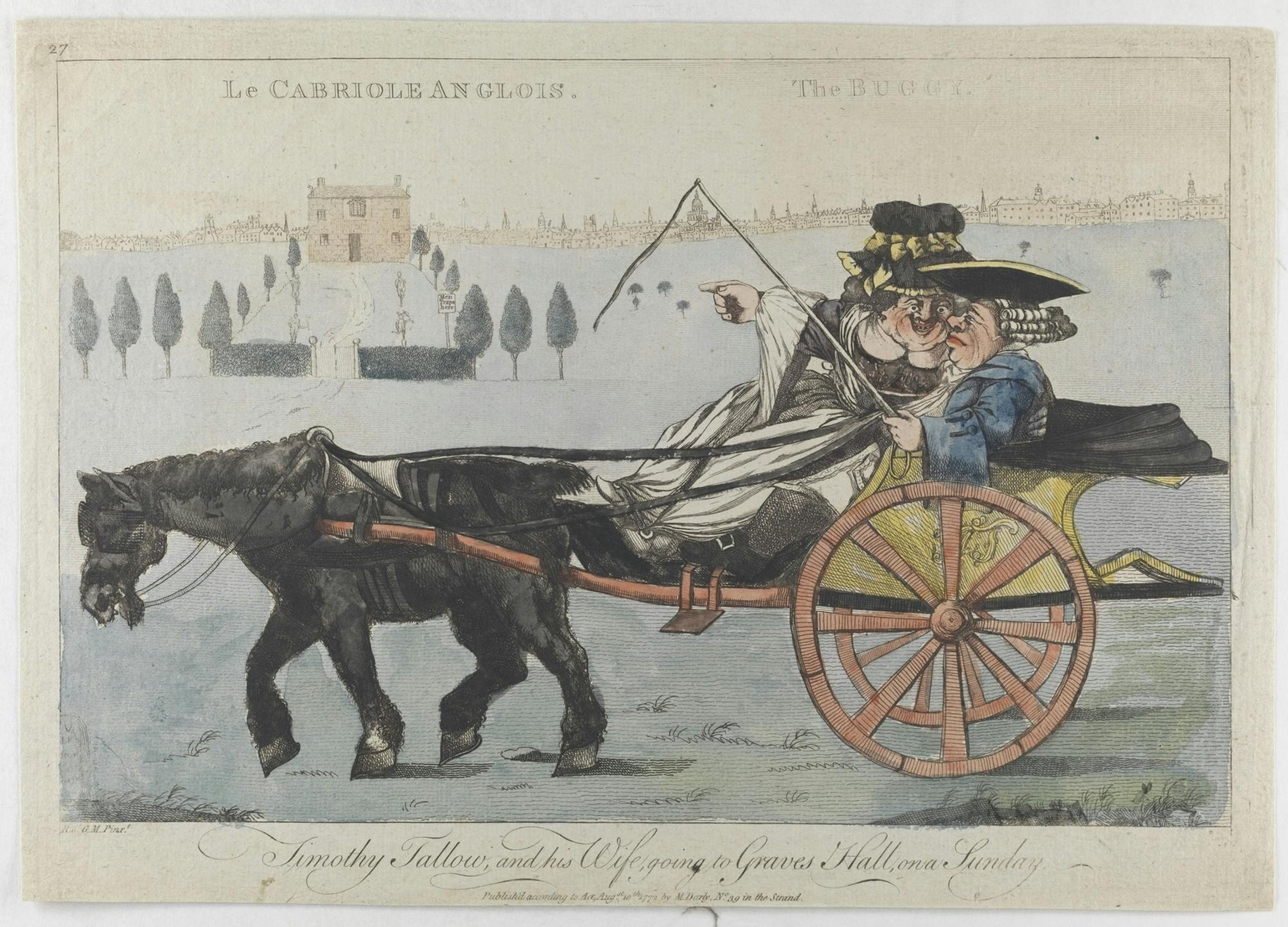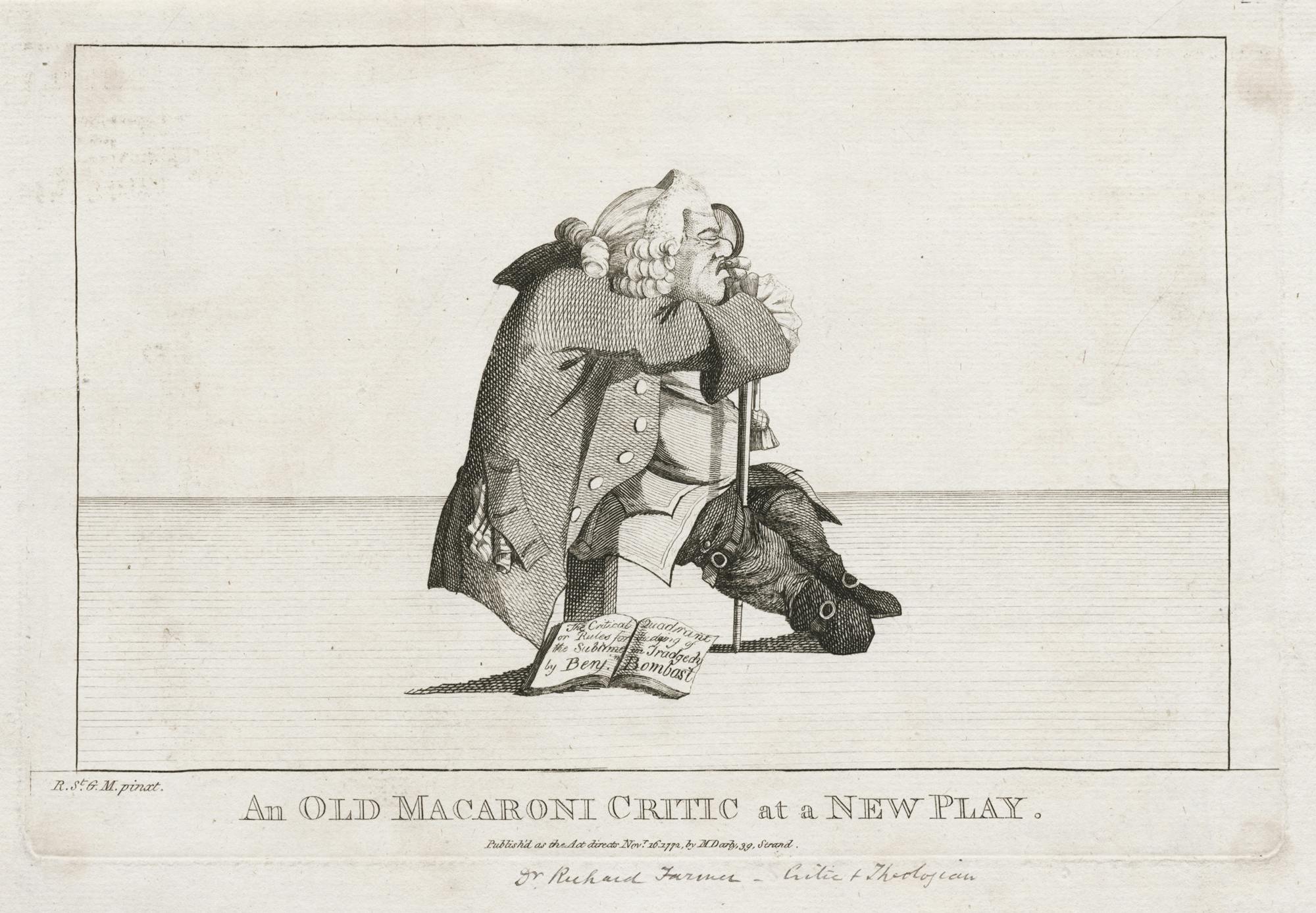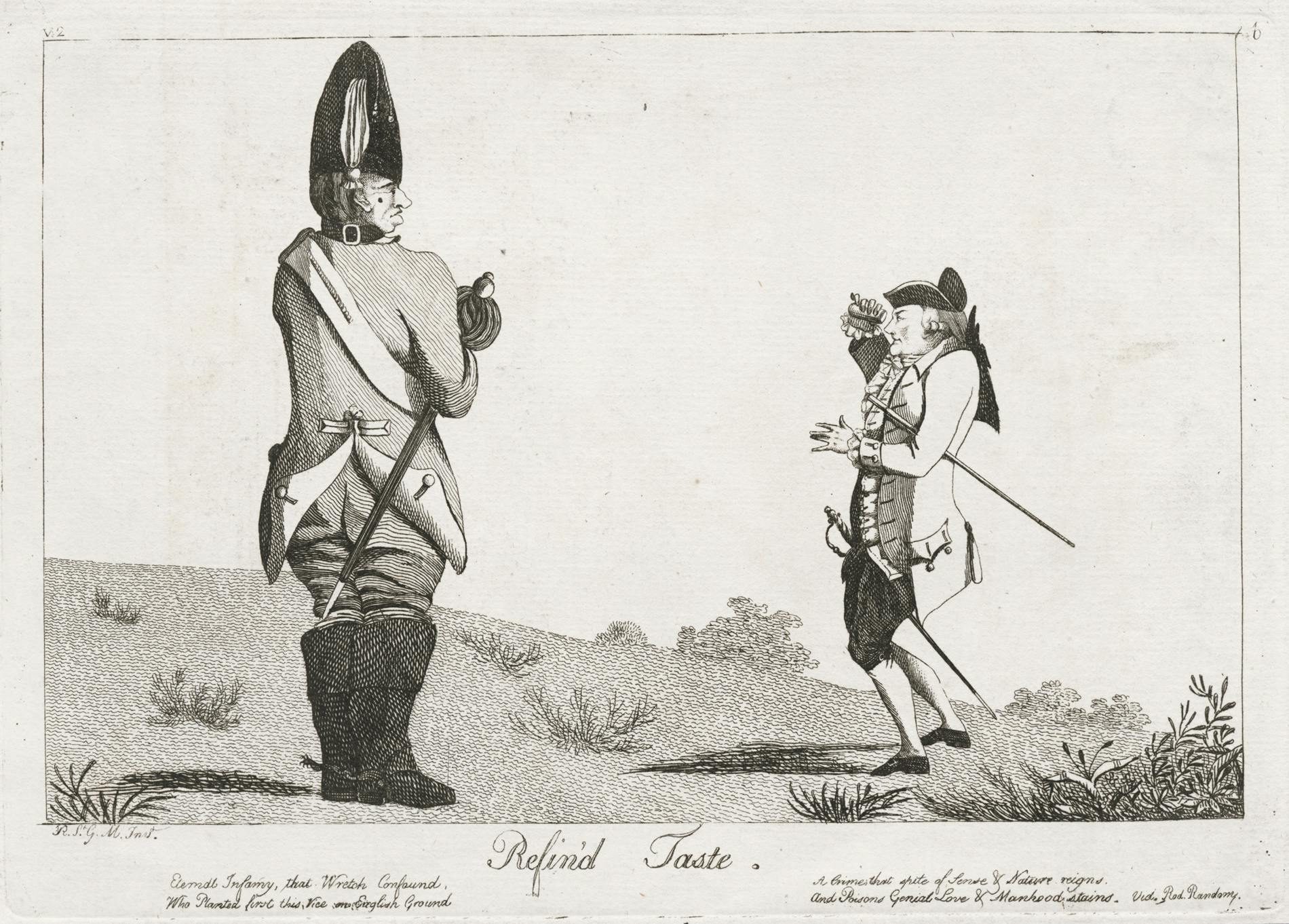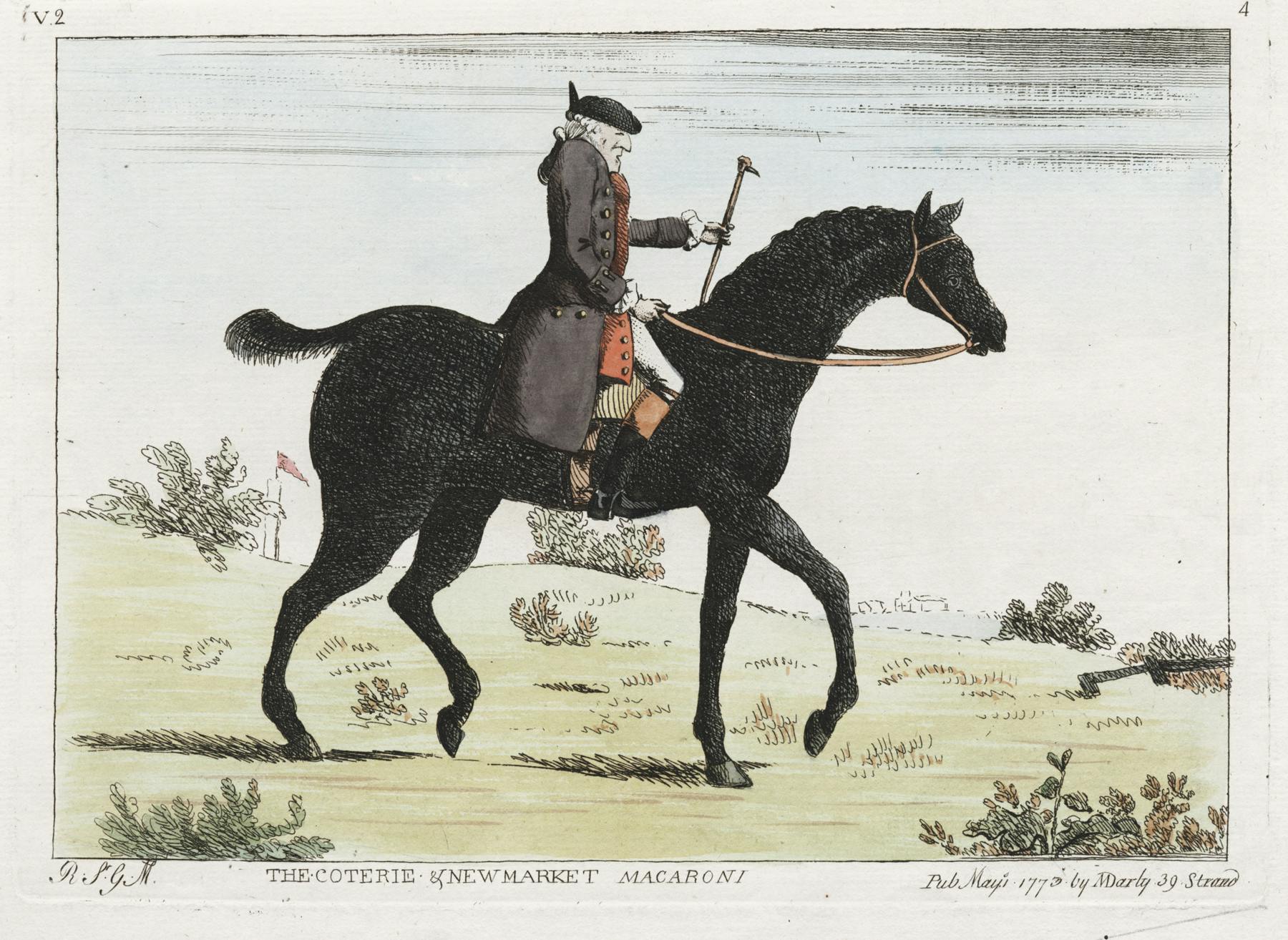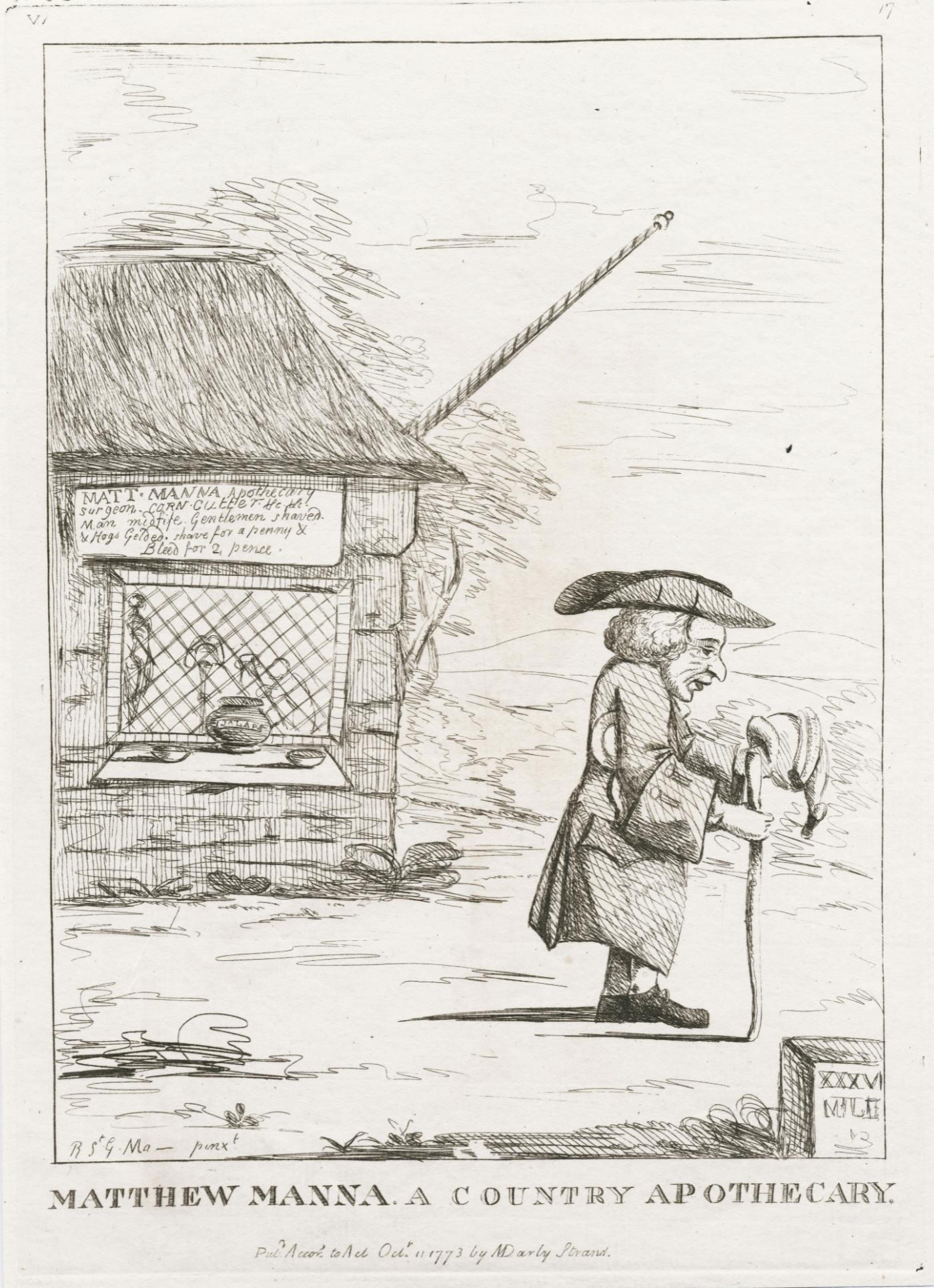St. George’s Ireland
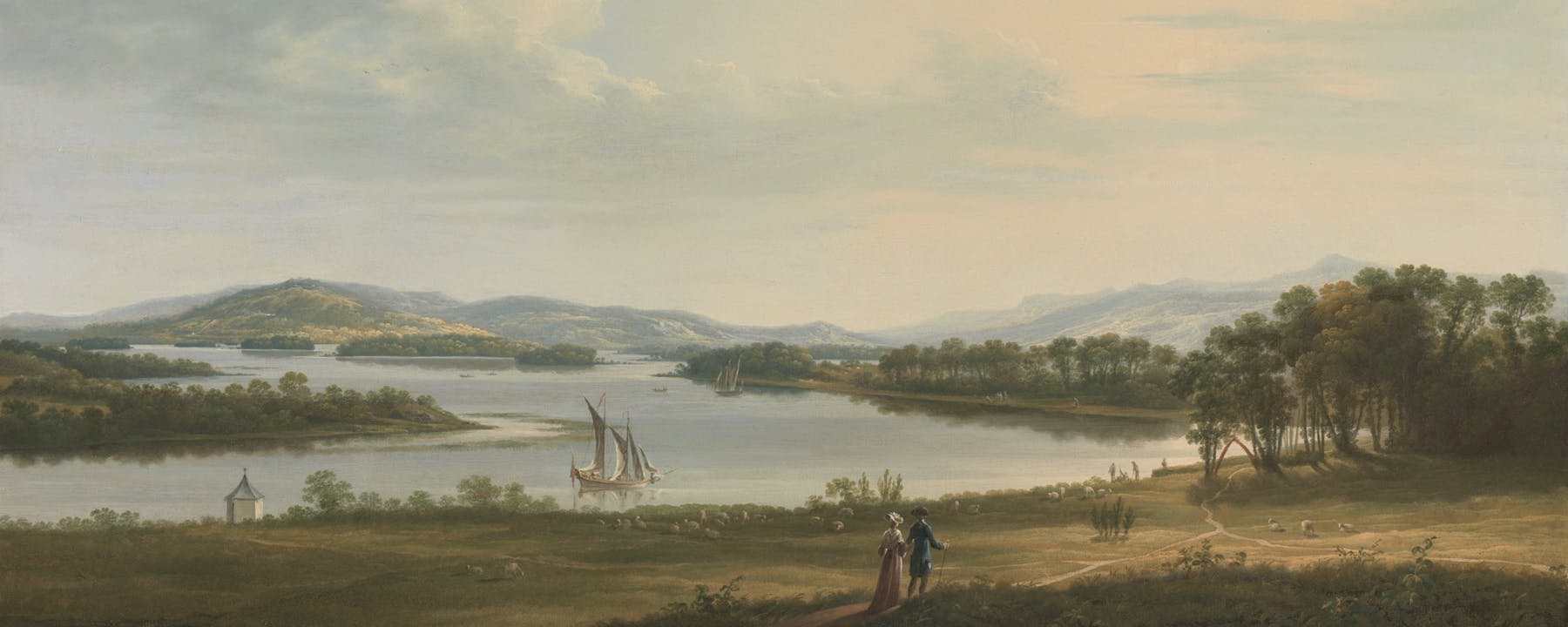
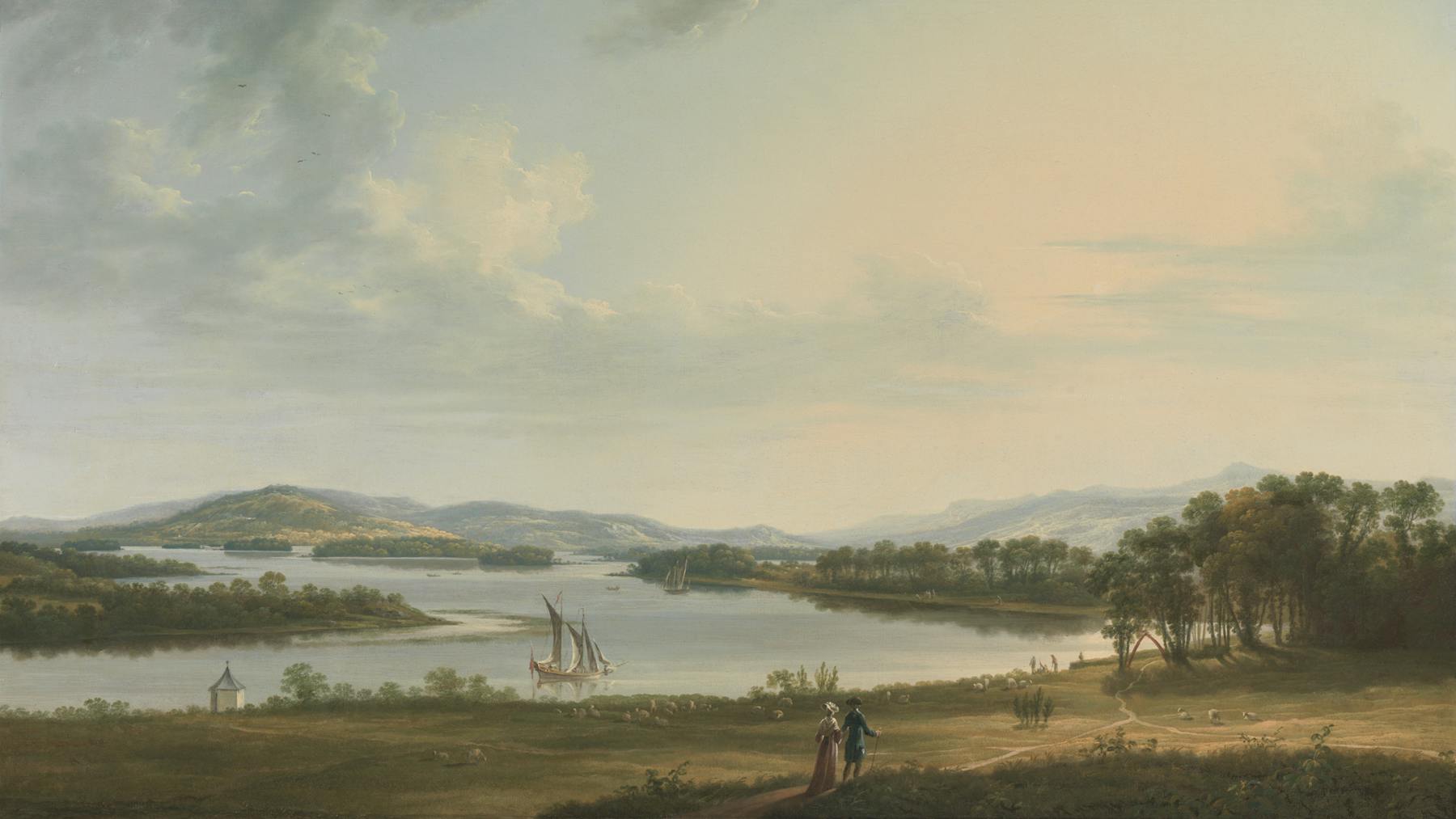
What’s in a Name?
Richard Mansergh St. George was born Richard St. George Mansergh (pronounced man-sir), the son of Major James Mansergh and Mary St. George. When a maternal relative died without an heir in 1774, Richard St. George Mansergh inherited his estate. Following an inheritance practice of the period, he added his relative’s surname to become Richard St. George Mansergh St. George, or Richard Mansergh St. George for short.
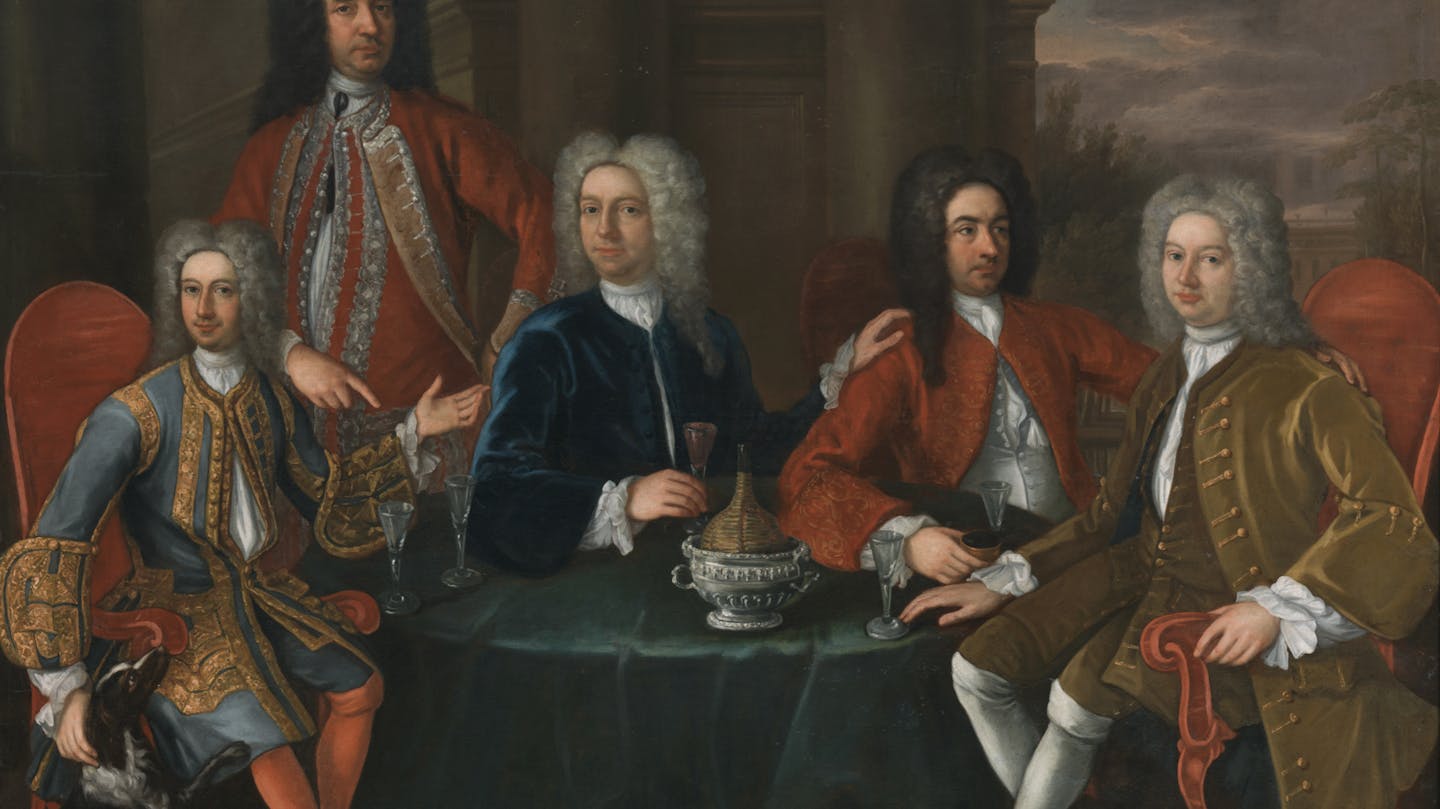
Grandfather: General Richard St. George
Richard Mansergh St. George’s grandfather and namesake, General Richard St. George (1670-1755), began his 65-year career in the British Army in 1690 and reached the rank of lieutenant general in 1747. He helped command the army’s law enforcement and peace keeping duties in Ireland. General St. George also served in the Irish Parliament for 60 years. The “Protestant Ascendancy” elevated General St. George, a man whose behavior and values contradicted those of many other Irish people. He drank in excess, had extramarital affairs that produced two children, and belonged to the Dublin Hellfire Club, an underground society of upper-class men who mocked conventional forms of morality and religion. Along with his infamous reputation, General St. George amassed a large fortune, the majority of which his grandson inherited.
Image Credit: National Gallery of Ireland Collection Photo © National Gallery of Ireland
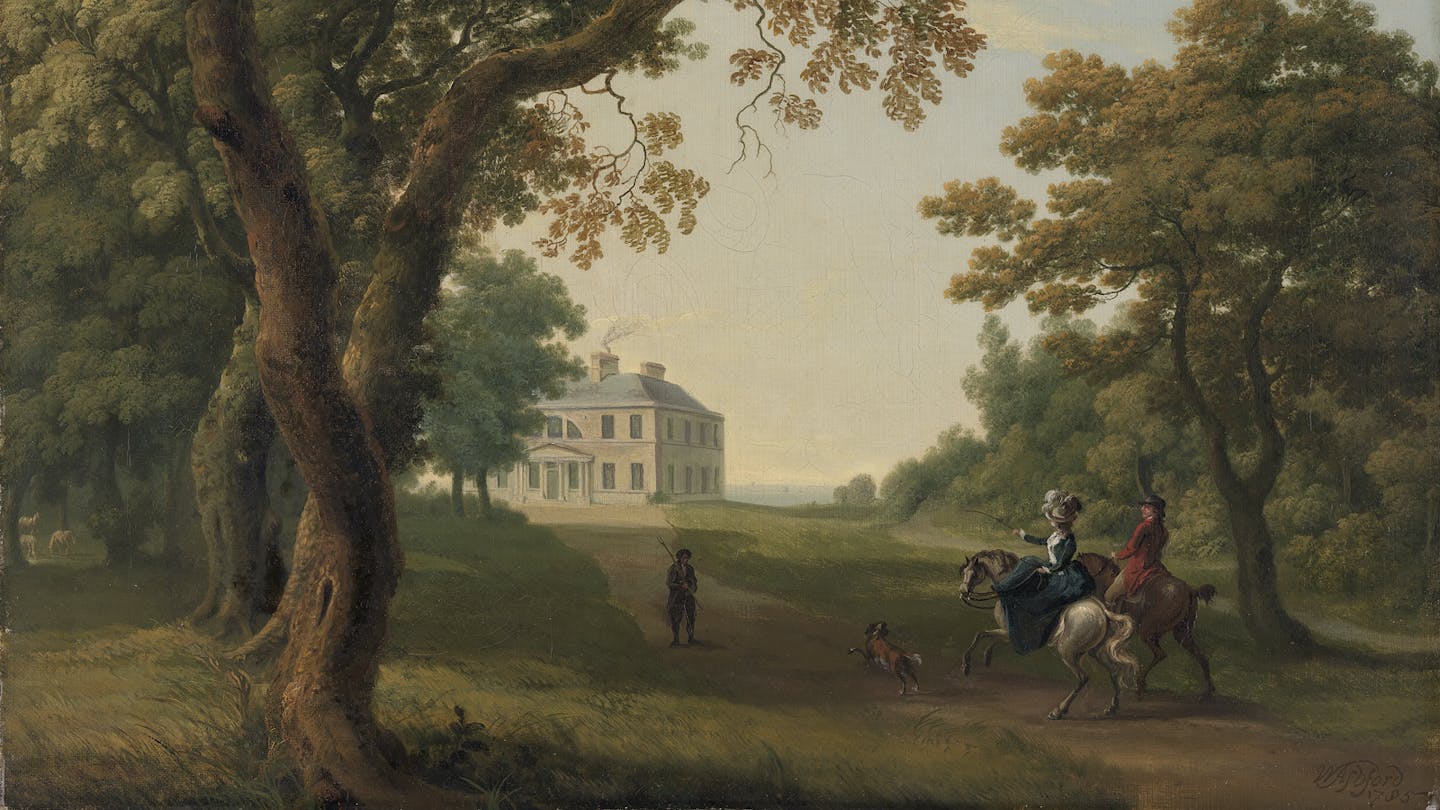
Ireland’s Divided Population
In the 1750s, religious differences starkly divided Ireland’s population of roughly 2.5 million people. The Penal Laws passed by the Irish Parliament restricted the rights of Irish Catholics and Presbyterians whose religious beliefs conflicted with those of the British Crown and the Church of Ireland.
Image Credit: Yale Center for British Art, Paul Mellon Collection
Catholics
Catholic men and women composed about 70% of the population of Ireland, but they could not practice their religion freely. The Penal Laws largely prohibited Catholic land ownership and barred Catholics from voting and holding government positions. The laws limited the economic and political power of the Catholic elite and forced most Irish Catholics to live as poor tenant farmers.
“Protestant Dissenters”
Irish Presbyterians were known as “Protestant Dissenters” because their beliefs differed from the Church of Ireland. Presbyterians, including many Scottish immigrants, dominated the population of Ulster (the northern region of Ireland) in the 1700s. Presbyterians faced restrictions on the legality of their marriages, their prospects for service in local government, and their opportunities to attend colleges. Roughly 300,000 Irish Presbyterians sought out better lives and immigrated to North America in the 1700s.
Church of Ireland
Members of the Church of Ireland (the Irish counterpart to the Church of England in Great Britain) composed about 10% of the Irish population. Church of Ireland gentry and nobility, such as the St. George family, owned 95% of Ireland’s land. They lived at the top of society, built grand estates, dressed in the latest fashions, and supported artists. Property-holding male Church of Ireland members could vote and dominated Irish politics and government.
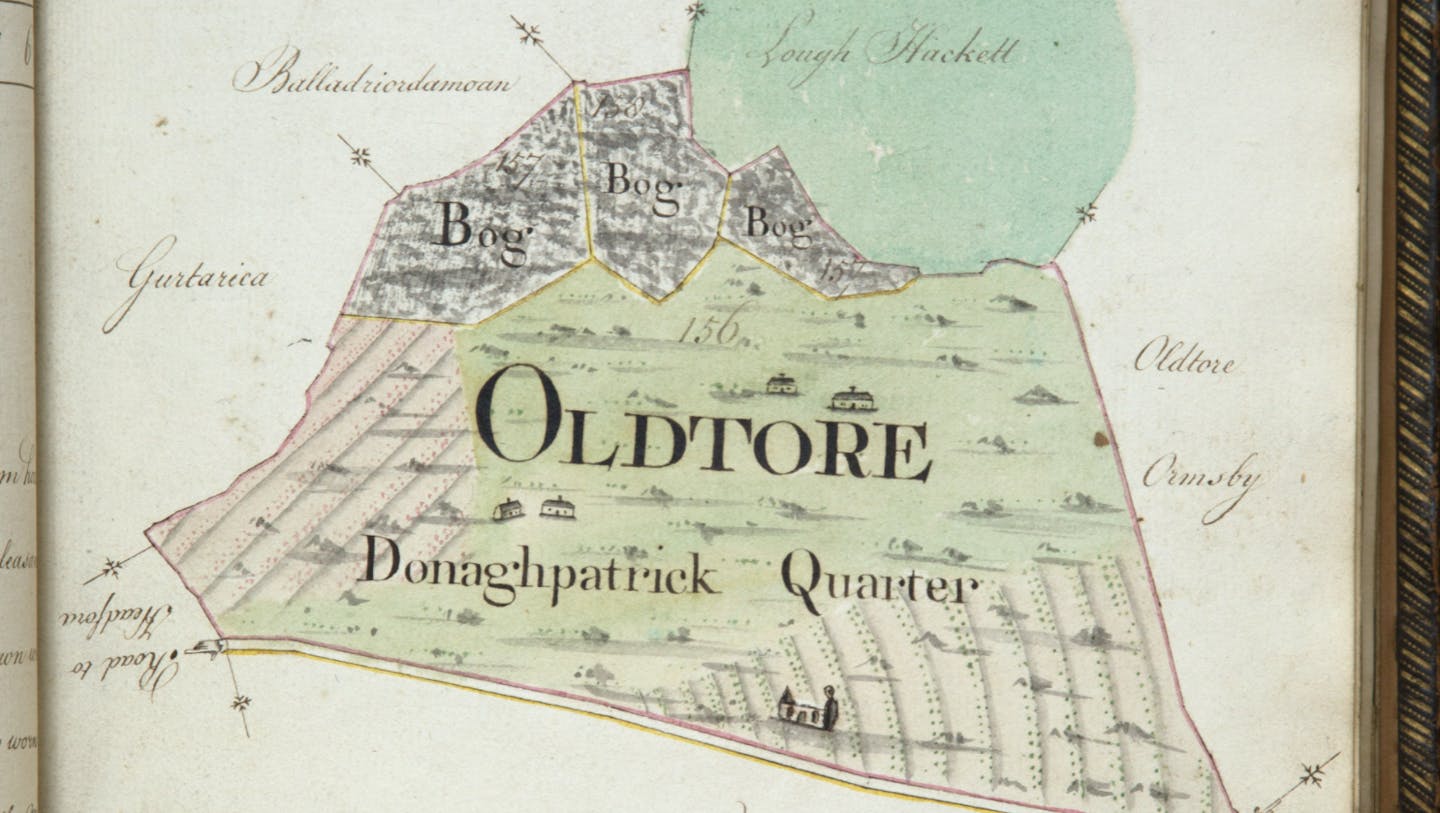
Mary St. George
Mary, Richard Mansergh St. George’s mother, inspired popular Irish folk music and stories. As the only daughter of General Richard St. George, Mary St. George’s wealth and prominence attracted the notice of the Irish gentry. To this day, Irish harpers play the tune “Molly St. George,” named for her (Molly is a nickname for Mary). Lyrics set to the tune proclaim her virtues. Mary St. George also became known for introducing bobbin lace making to her hometown of Headford in County Galway. This small industry added to Irish high fashion and provided employment to impoverished women. To this day, the people of Headford carry on the story of Mary St. George’s introduction of lace making to their town. In 1749, she married James Mansergh, a military officer who served under her father. Richard Mansergh St. George inherited much of his wealth and prominence from his mother and her family.
Image Credit: Courtesy of Galway County Council Archives
Miss Molly St. George is a maid without peer, so handsome, so modest, so graceful, so dear.”
Traditional Irish BalladHarp Music
Listen to the tune “Molly St. George.” Irish folk music collector Edward Bunting included the tune in his 1797 book, A General Collection of the Ancient Irish Music.
Molly St. George
From the album Flow My Tears: Musical Journeys with the Flight of the Earls. Performed by the Irish Traditional Music Ensemble and the Early Music Ensemble of the DIT Conservatory of Music and Drama and recorded in Saint Teresa's Church, Clarendon Street, Dublin, November 2006. Recording sourced from Technological University Dublin.
Richard Mansergh St. George’s Irishness
During his lifetime, Richard Mansergh St. George’s contemporaries called him Irish. He was born in Ireland and lived in County Galway. However, St. George was not Gaelic, nor was he Catholic. His family was originally from England and did not settle in Ireland until the 1600s. The St. Georges and the Manserghs were Protestant families, members of the Church of Ireland. Many people today might call Richard Mansergh St. George Anglo-Irish or even British because of his family origins, religion, and British Army service.
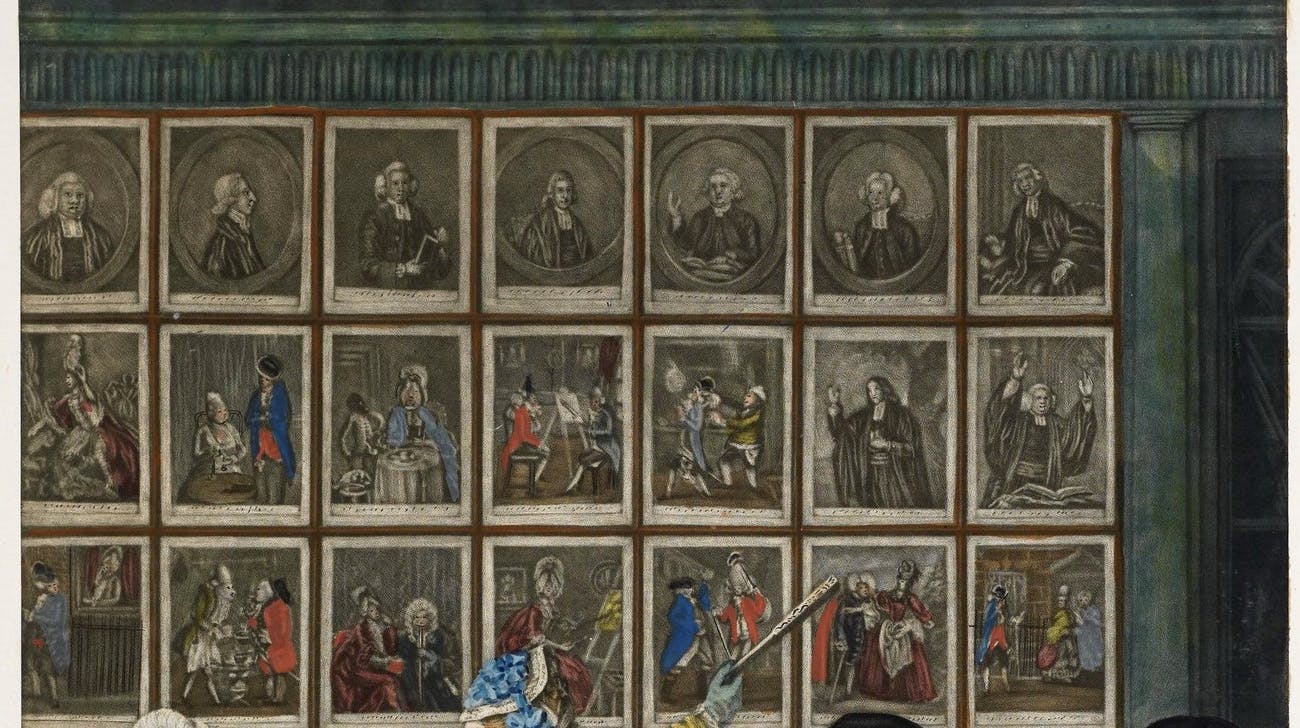
St. George’s Cartoons
When he was a college student, Richard Mansergh St. George’s artistic talent and humor were on display in London. During his studies at Trinity College, Cambridge, England, St. George drew cartoons. London print sellers Matthew and Mary Darly published at least 10 of his drawings between 1772 and 1773. St. George’s drawings reflect the widespread popularity of prints that satirized changing fashions and stereotypes of the gentry, tradespeople, foreigners, country folk, and clergymen. They also express his youthful irreverence for the people he encountered in his life. St. George may have created these cartoons to assert that he had all the qualifications to be a member of his social class (refinement, wealth, and family inheritance), while the people he lampooned did not.
Image Credit: © The Trustees of the British Museum
He then proceeded to show me some volumes, elegantly bound, of his compositions, many caricatures with point and humor, all drawn with great spirit. I praised them as I thought they deserved . . .”
Irish Artist J.D. Herbert’s Memories of Richard Mansergh St. George’s Artwork, 1836He Called It Macaroni
Richard Mansergh St. George used the word “macaroni” in the titles of a few of his cartoons. “Macaroni” is a derogatory term for an excessively fashionable man or style of dress. Some of St. George’s cartoons made fun of men who (in his opinion) lacked social refinement, acted in feminine ways, or wore gaudy fashions to show that they had money to spend.
